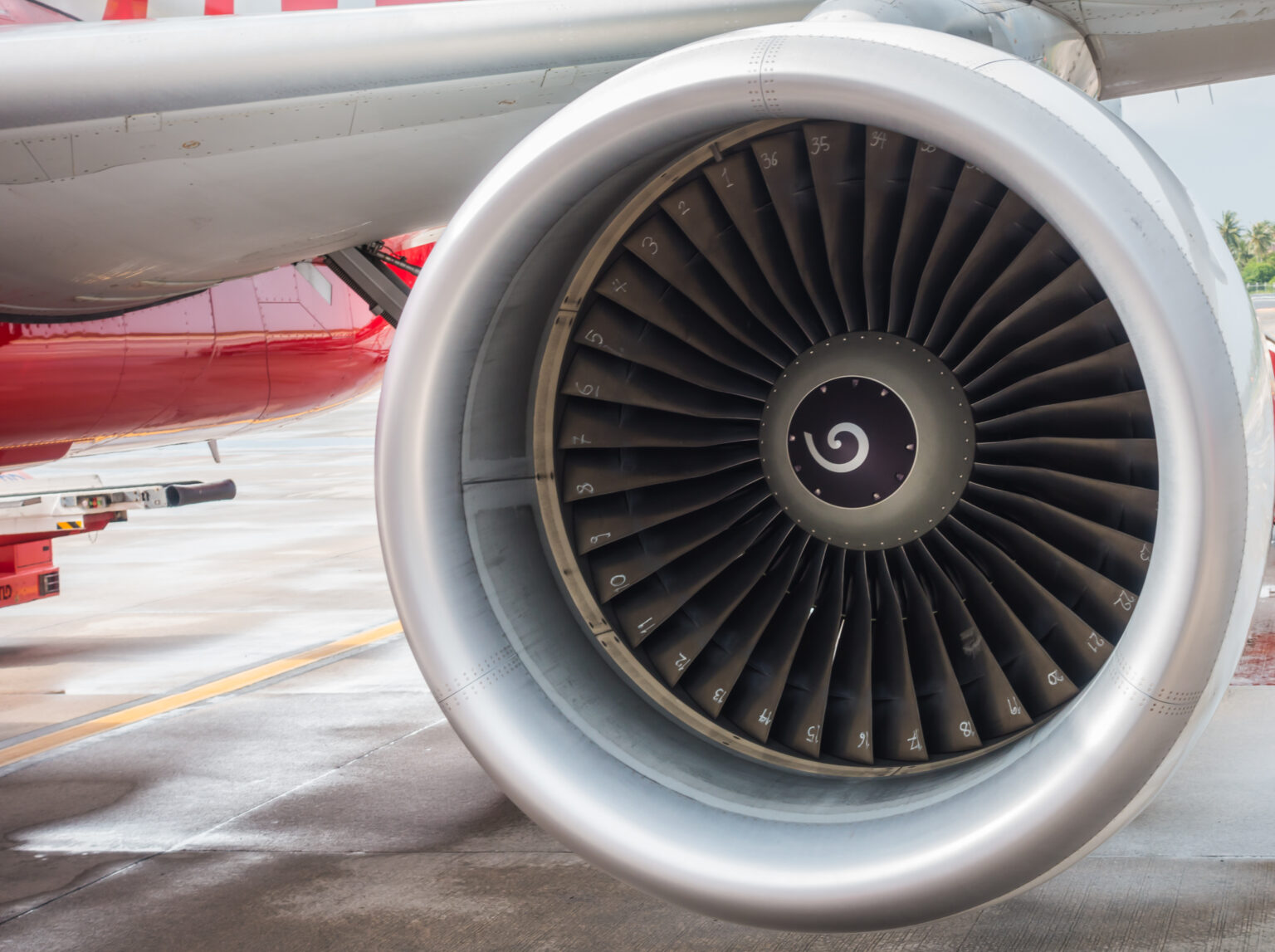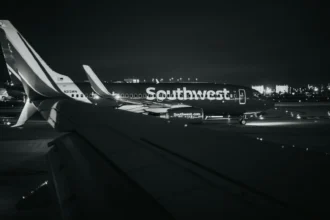When passengers board a commercial flight, they rarely consider the intricate web of systems keeping them safe at 38,000 feet. Behind the scenes, airlines operate on razor-thin margins where a single mechanical failure can cascade into millions of dollars in losses and operational chaos.
The Real Price of Mechanical Malfunctions
Modern aviation has achieved remarkable safety records, but when things go wrong, the financial impact extends far beyond what meets the eye. A recent incident involving a transpacific flight from Detroit to Tokyo that required an emergency landing in Los Angeles demonstrated these exact cost factors. You can read the complete investigation report that breaks down how a single engine malfunction resulted in over $6 million in total losses.
Beyond the Fuel Burns
While most people understand that emergency diversions waste fuel, the actual expenses create a domino effect:
Immediate Operational Hemorrhaging:
- Unplanned fuel consumption can exceed $800,000 for long-haul diversions
- Emergency landing fees and specialized ground services
- Crew overtime costs and mandatory rest periods
- Aircraft repositioning to resume normal operations
The Passenger Care Avalanche: When 287 passengers find themselves stranded thousands of miles from their destination, airlines face massive logistics challenges. Hotel accommodations alone can cost nearly $300,000 for a single incident, while meal allowances, transportation, and compensation claims quickly multiply into additional six-figure expenses.
The Technology Revolution Airlines Fear to Embrace
Here’s what airlines don’t advertise: advanced predictive maintenance systems could prevent up to 94% of mechanical diversions. The technology exists today to identify failing components hours before departure through sophisticated sensor monitoring and artificial intelligence analysis.
Consider this scenario: AI systems detecting valve response degradation 6 hours before takeoff. Instead of a $6.1 million crisis, airlines could invest $31,500 in preventive maintenance, a return on investment exceeding 19,000%.
Why Airlines Resist Change
Despite overwhelming financial evidence, many carriers continue operating with reactive maintenance philosophies. The reasons are complex:
Upfront Investment Anxiety: Technology implementation requires $2.3 million per aircraft initially Training Resistance: Maintenance teams must adapt to AI-powered decision making Regulatory Caution: Airlines prefer proven methods over innovative approaches
The Passenger Perspective
From a traveler’s standpoint, these incidents highlight important considerations:
Know Your Rights: Mechanical failures often trigger compensation requirements under various international regulations. Passengers may be entitled to meal vouchers, hotel accommodations, and monetary compensation depending on circumstances.
Documentation Matters: Save all receipts during irregular operations. Airlines reimburse reasonable expenses, but only with proper documentation.
Pack Smart: Essential medications and important items should always travel in carry-on luggage, as checked bags may not follow passengers during emergency diversions.
Industry Transformation on the Horizon
The aviation industry stands at a technological crossroads. Airlines implementing predictive maintenance report:
- 16-month average payback periods on AI investments
- $45 million annual savings for major carriers
- 78% improvement in passenger satisfaction during irregular operations
Early adopters gain competitive advantages through improved reliability and reduced operational disruptions. Meanwhile, airlines clinging to traditional maintenance approaches face increasing financial vulnerability.
The Detroit-to-Tokyo incident mentioned earlier serves as a perfect case study of how traditional maintenance approaches can fail catastrophically. The detailed analysis shows exactly how predictive AI systems could have prevented the entire crisis by detecting the engine anti-ice system degradation hours before departure.
The Bottom Line
Modern aircraft engines represent marvels of engineering, but they’re not immune to failure. As passengers, we deserve transparency about how airlines manage these risks. As an industry, aviation must embrace technological solutions that prevent emergencies rather than merely responding to them.
The next time you board a flight, remember: the airline that invested in predictive maintenance technology is probably the one that will get you to your destination on schedule.
For a comprehensive look at how these principles apply in real-world scenarios, this in-depth investigation examines every aspect of a recent emergency diversion, from the initial system failure over the North Pacific to the final passenger rebooking process.

















